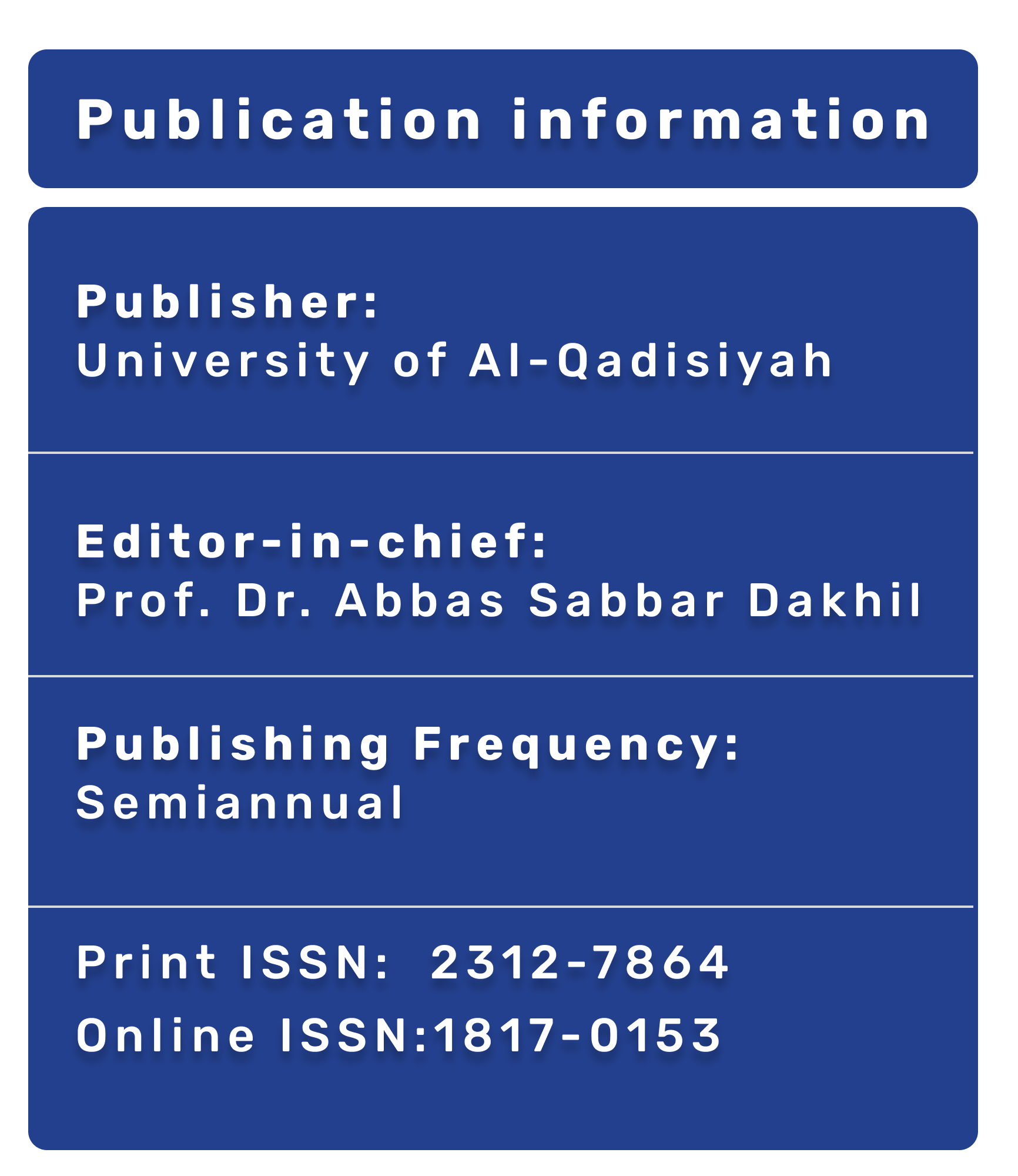Antibiotic resistance for Diarrheagenic Escherichia coli isolated from under 5 years’ age patients in Al-Diwaniyah city
DOI:
https://doi.org/10.28922/qmj.v21i1.1037Abstract
Background: Escherichia coli, a common bacterium, is becoming increasingly resistant to antibiotics, making diarrhea treatment difficult. This is especially concerning for multidrug-resistant (MDR) and extended-spectrum beta-lactamase (ESBL)-producing strains. These "superbugs" can resist multiple antibiotics and spread easily among bacteria.Traditional treatments like ampicillin and tetracycline are becoming less effective. The Centers for Disease Control and Prevention (CDC) recommends fluoroquinolones, macrolides, and rifaximin for some cases, but these have limitations.
Aim of the study The present study aims to explore the antimicrobial resistance of diarrheagenic E. coli pathotypes to determinate the antibiotics resistance pattern.
Methodology Twelve isolates of diarrheagenic E. coli isolated from children under five years old with diarrhea in Al-Diwaniyah city, Iraq, all isolates examined antibiotic susceptibility with Kirby’s bauer method after isolation and identification by conventional and molecular methods.
Results Isolates were resistant to multiple antibiotics including, Penicillins (Amoxicillin, Ampicillin), Cephalosporins (Ceftazidime, Ceftriaxone, Cefotaxime, Cefepime) and 1 type of Aminoglycoside (Amikacin). Isolates were sensitive to Colisitin, Nitofurantion, Azithromycin. Fluoroquinolones (Ciprofloxacin, Ofloxacin, Levofloxacin), Carbapenems (Imipenem, Meropenem) and Nalidixic acid.








